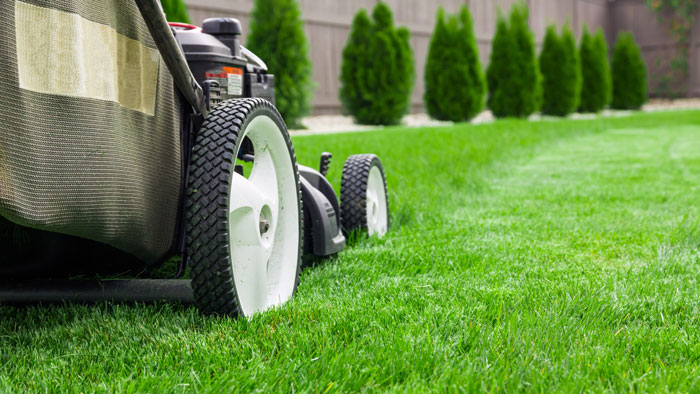Homeowners like you usually don’t stop with the walls of the house when it comes to envisioning their homes. Your family’s home most likely would be perfect if it was surrounded by a lush, healthy lawn. It is possible to have a pristine lawn in most climates with just a little maintenance.
Having the perfect lawn can bring satisfaction to some homeowners who enjoy lawn work, mowing, weeding and fertilizing the way it should be.
Other people choose not to put too much effort into these tasks, and instead hire professionals to handle them.
You’ll find a lot of professional Lawn Maintenance Myrtle Beach SC out there if you fall into the second camp. Review team members researched the company’s services, prices, and customer reviews before recommending it.
We should first consider what it takes to maintain a healthy lawn.
Table of Contents
Are You Keeping Your Lawn Well Maintained?
In order to keep your lawn looking great, you can’t just do it once. Although it won’t require every waking hour of your day, planning a schedule that includes these activities is a good idea.
Irrigation
The majority of grass needs irrigation, particularly in the drier months, in parts of the country where it receives so much rainfall that it is not necessary to water the lawn.
If you’re going to water your lawn, you should do so no more than once to twice per week, and the soil should be soaked about six inches down. It is believed that this will cause grass roots to grow deeper to seek water, which will result in more resistance to drought.
Mowing
Depending on how fast your grass grows, you’ll need to mow more often. If the grass is dormant, once every other week is probably enough during the growing season. Keep grass blades about one-third of their length when you are removing them. Mowing with a dull blade or cutting the grass too short can cause damage to the lawn.
Fertilizing
Using fertilizer once or twice a year can significantly improve the health and appearance of your lawn.
A slow-release organic fertilizer can be applied to replenish key nutrients in soil that are depleted over time, improving soil health and grass growth.
Keep quick-release fertilizers out of the lawn unless there is an acute need for grass right away. The grass will grow quickly, but the soil will deteriorate over time.
Herbicides
You can easily keep your yard weed-free with just a trowel and your hands if you enjoy the outdoors and want to express your frustrations.
For most people, however, controlling weed growth will require assistance. There are synthetic as well as natural herbicides available, but keep in mind that these are non-selective products – they kill whatever plants they’re applied to, so be careful when applying them.
Overseeding
You don’t start with nothing when you work on your lawn most of the time. Over time, you might notice that your grass becomes thinner.
You can improve its appearance by overseeding existing grass or by spreading a combination of grass seeds on top of it.
Overseeding may need to be done more frequently depending on your climate and how much foot traffic your lawn experiences, but typically not more than once every three to four years.
Aerobics
Foot traffic and weather can compact the soil over time, preventing the roots from growing and preventing water and nutrients from properly getting to the plants.
Aeration, or the introduction of air to the soil, can remedy this issue. As a rule of thumb, plug or core aeration is a better method of soil aeration than spiked instruments, because the method digs up pieces of dirt and lets them refreeze naturally into the soil. Lawn aerators are required for this task, but you won’t need them more than once a year.

